Single-purpose quantum computers are helping physicists build simulations of nature’s greatest hits and observe them up close.


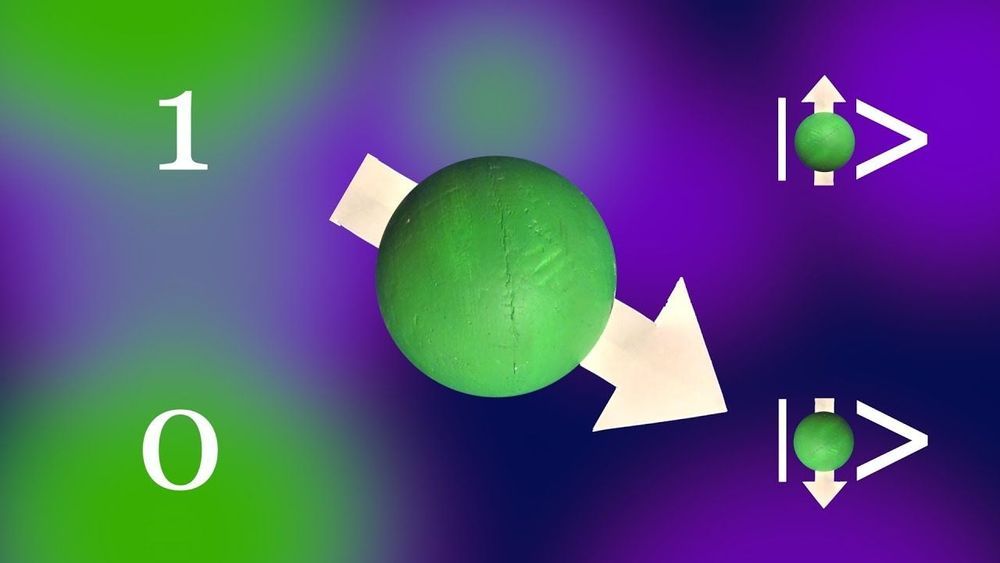
Circa 2016
MIT scientists have developed a 5-atom quantum computer, one that is able to render traditional encryption obsolete.
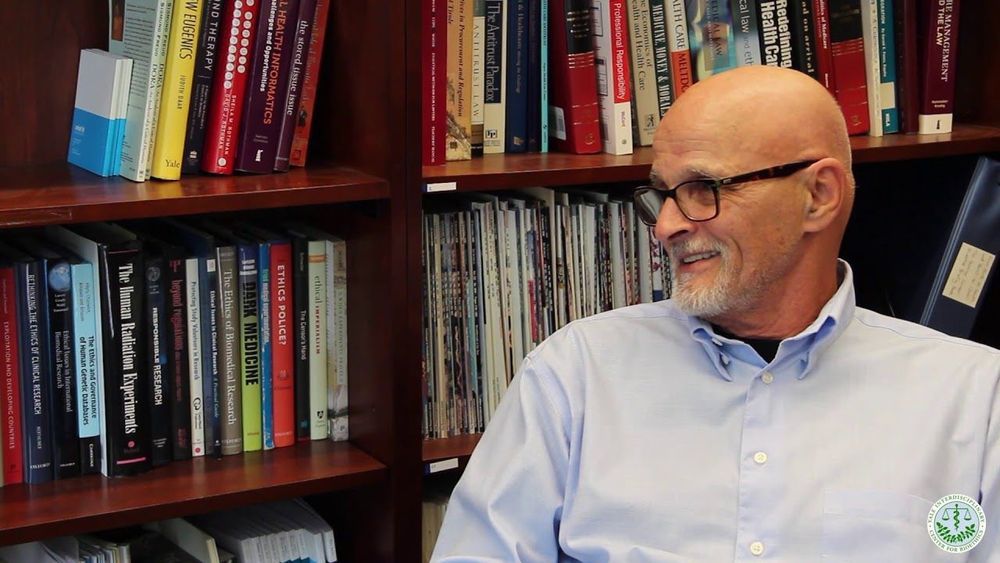
It is in this second phase when Darwinian evolutionary rivers will merge with the rivers of intelligent designers, represented by scientists, programmers and engineers, who will fuse organic natural biology, synthetic biology, and digital technology into a unified whole that future generations will deem their anatomy. The merger will serve to afford greater intelligence and, longer, healthier lives. In exchange, we will relinquish actual autonomy for apparent autonomy, where what was once considered “free will” will be supplanted by the deterministic logic of machinery somewhere in the mainstream of our unconscious.
Although in-the-body technology will have an explosive effect on commerce, entertainment, and employment, in the near term the concentration will be on medical devices, such as the innocuous pacemaker (essentially a working silicon-based computer, with sensors, memories, and a stimulation device with telecommunications to the outer world). In a second epoch, these devices will be gradually down-sized by advances in synthetic DNA, molecular- and nano-sized processors, each deployed alongside and within cells and organs as permanent non-organic, internal adjuncts to our anatomy for use as: nano-prosthetics, nano-stimulators/suppressors, artificial organ processors, metabolic and cognitive enhancers, and permanent diagnostic tools to ensure our physical and psychological well-being as we head toward a practically interminable lifetime.[6]
Will a wide-spread practice of installing technology into the body fundamentally change human essence? Our sense of self-sufficiency, authenticity, or individual identity? Will it change that numerical identity, the one “I” as some static aspect of ourselves (as self-consciousness as idealized by Locke)? Or will it change our narrative identity, our unseen internal human form, to eventually redefine what it means to be human?[7].

Now, five years later, their gamble appears to have paid off. Not only did New Horizons achieve a next-to flawless flyby of Arrokoth, the most distant object ever visited, but buried in its gigabytes of data—which have been trickling back to Earth ever since the New Year’s Day 2019 rendezvous—lies empirical evidence that strikes against a classic theory of how planets form. The New Horizons team published their latest analysis of the ancient body and how it came to be in a trio of papers appearing in Science last week.
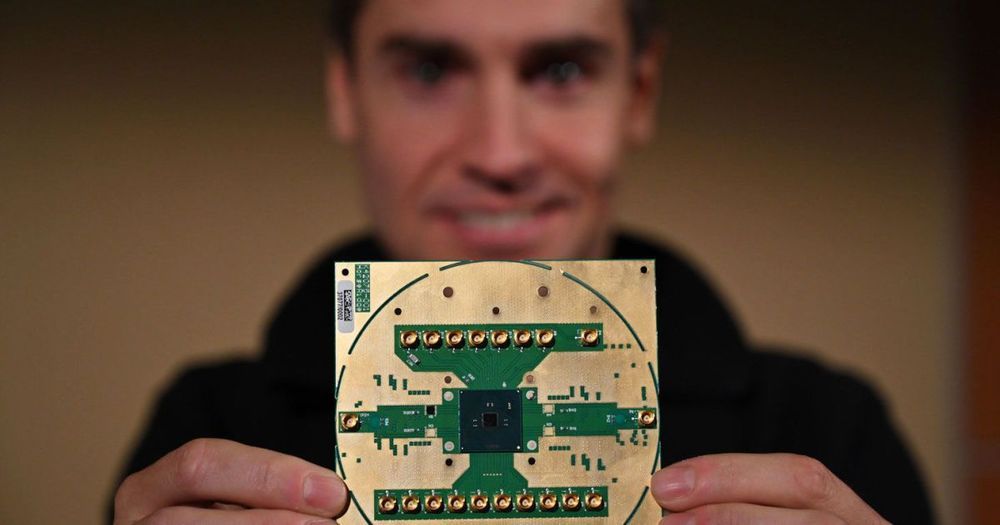
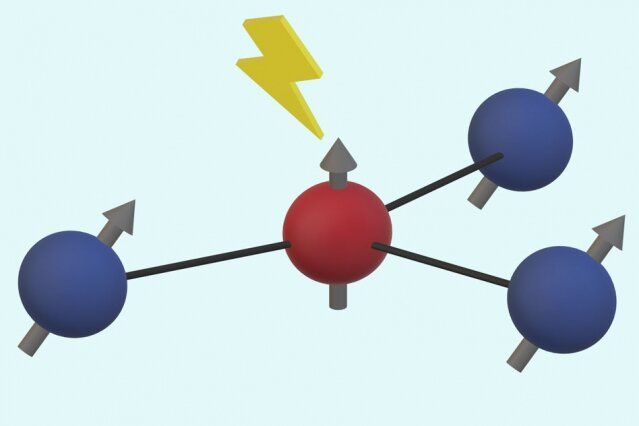
Labs around the world are racing to develop new computing and sensing devices that operate on the principles of quantum mechanics and could offer dramatic advantages over their classical counterparts. But these technologies still face several challenges, and one of the most significant is how to deal with “noise”—random fluctuations that can eradicate the data stored in such devices.
A new approach developed by researchers at MIT could provide a significant step forward in quantum error correction. The method involves fine-tuning the system to address the kinds of noise that are the most likely, rather than casting a broad net to try to catch all possible sources of disturbance.
The analysis is described in the journal Physical Review Letters, in a paper by MIT graduate student David Layden, postdoc Mo Chen, and professor of nuclear science and engineering Paola Cappellaro.
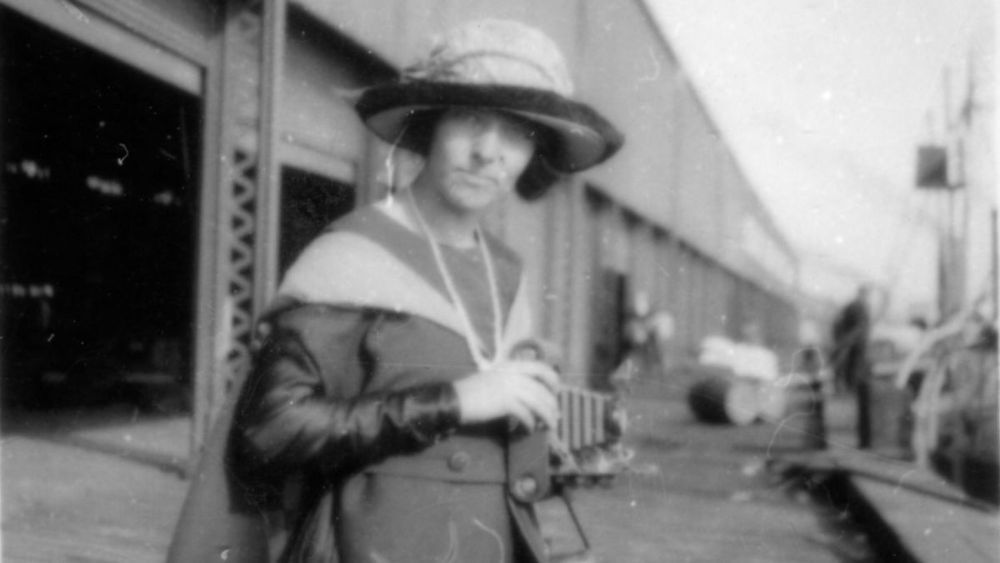
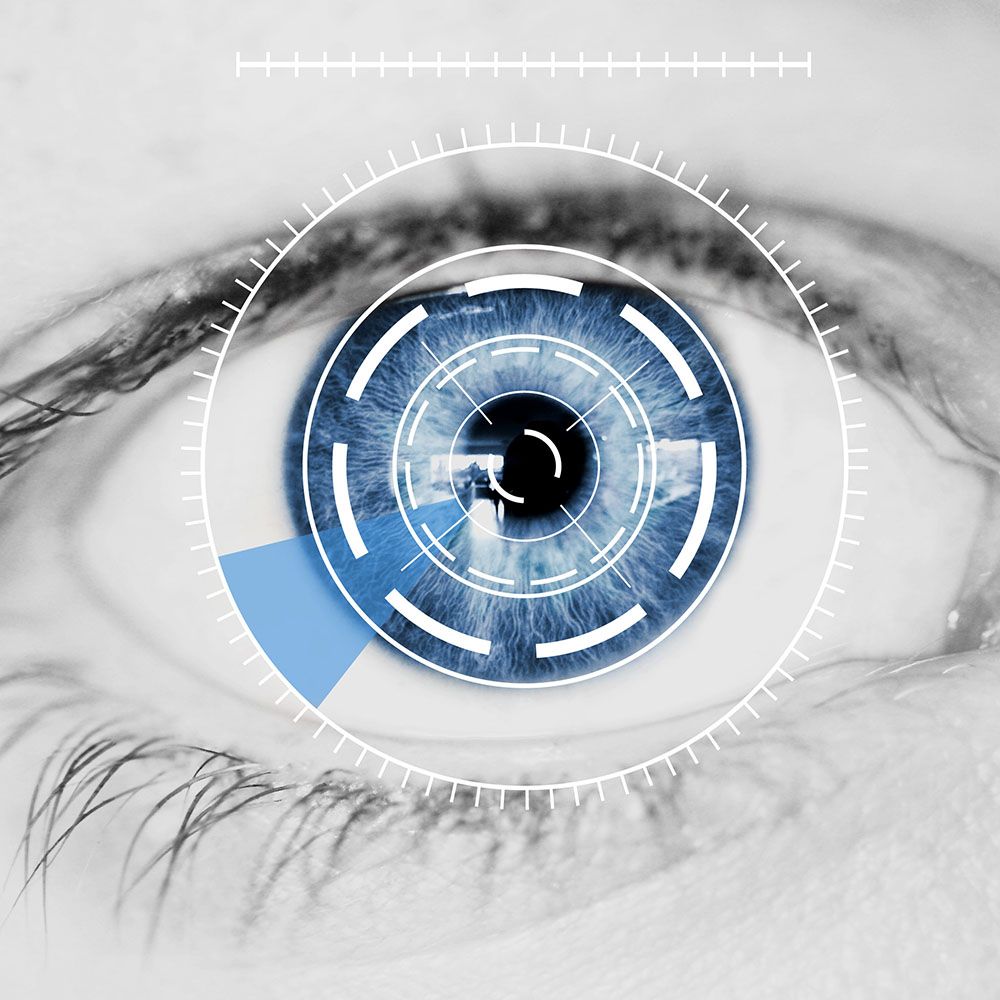
After being blind for 16 years, scientists have plugged a bionic eye directly into Bernardeta Gomez’s brain, allowing her to see again without using her biological eyes after she had a computer port surgically embedded into her skull.
The vision system is being honed by neuriengineer Eduardo Fernandez in his lab at the University of Miguel Hernandez, and it is comprised of a few different parts according to the publication in MIT Technology Review.
There is a pair of glasses that are fitted with a camera that connects to a computer which translates the live video feed into electronic signals that are then sent via a cable to the port which has been surgically embedded into the back of Gomez’s skull and connects to an implant in the visual cortex of her brain.

Coronvirus fears are being raised in earnings calls throughout different sectors as Wall Street looks for any effects from the virus spreading within and outside of China, which should lead to a lot of talk on what could be the busiest single day of the earnings season.
Nearly 10% of the S&P 500 index SPX, +0.18%, 46 components, are scheduled to report on Wednesday, along with four members of the blue-chip Dow Jones Industrial Average DJIA, −0.09% — Boeing Co. BA, −0.68%, Dow Inc. DOW, +0.68%, McDonald’s Corp. MCD, −0.15% and Microsoft Corp. MSFT, +0.89%.
The company on that list most linked to coronavirus fears is McDonald’s, which has had to temporarily shut down some of its stores in China due to fears about the outbreak. During the SARS crisis in the early 2000s, there was a “pronounced but relatively short-lived” impact on restaurant sales in the Greater China region, according to Bernstein analyst Sara Senatore. China accounts for only 2% of McDonald’s earnings and the company has only closed about 1% of its China stores so far, so expect executives to play down any effects when they report before the bell Wednesday.
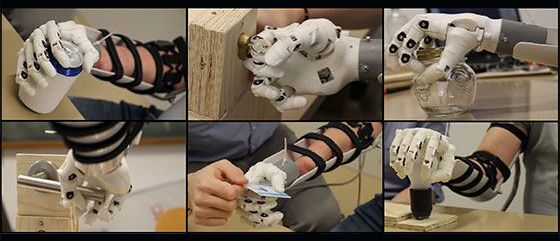
Prosthetic hands restore only some of the function lost through amputation. But combining electrical signals from forearm muscles with other sources of information, such as eye tracking, promises better prostheses. A study funded by the SNSF gives specialists access to valuable new data.
Page Content
The hand is a precious limb. Its 34 muscles and 20 joints enable movements of great precision and complexity which are essential for interacting with the environment and with others on a daily basis. Hand amputation thus has severe physical and psychological repercussions on a person’s life. Myoelectric prosthetic hands, which work by recording electrical muscle signals on the skin, allow amputees to regain some lost function. But dexterity is often limited and the variability of the electrical signals from the forearm alone makes the prosthetics sometimes unreliable. Henning Müller, professor of business informatics, is investigating how combining data from myoelectric signals with other sources of information could lead to better prosthetics. Müller has now made available to the scientific community a dataset that includes eye tracking and computer vision as well as other information (electromyography and acceleration sensor data).